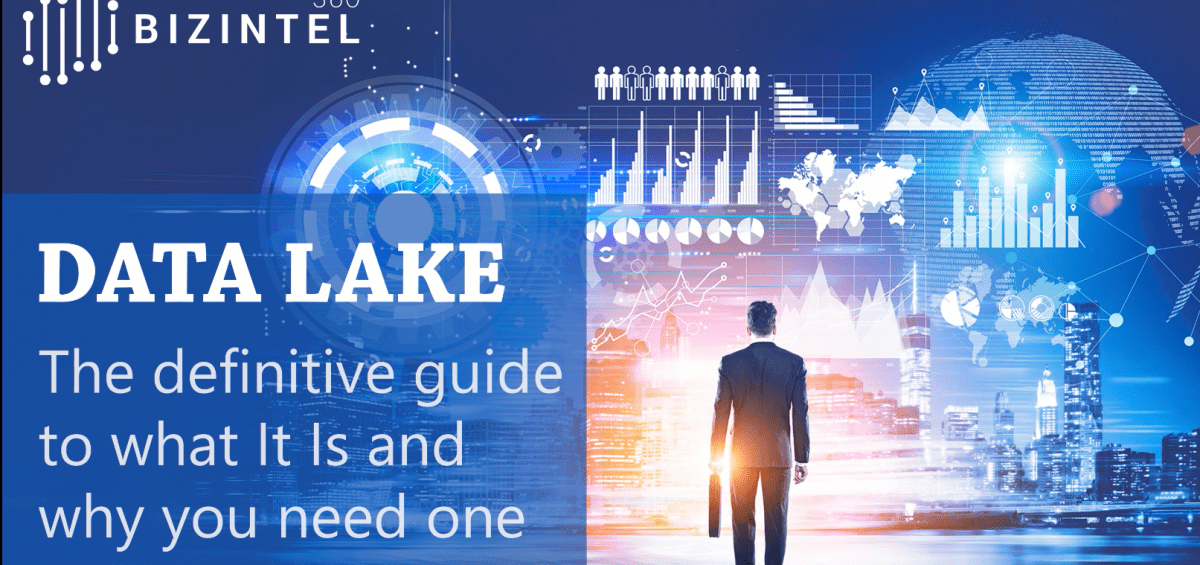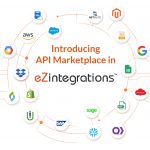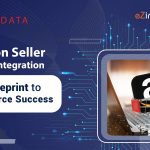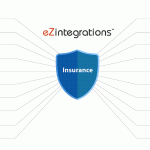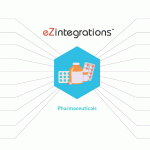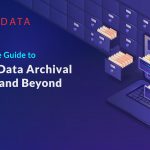A Data Lake is a large repository of raw data, ready to be explored and analyzed. It’s typically created as part of a data-centric analytical strategy that moves away from more traditional methods of storing data in databases. A Data Lake is a broad term used to describe a storage system that houses structured and unstructured data in its original format. It’s somewhere you can store large volumes of raw data for fast and easy exploration so you can find the answers to your business questions quickly, rather than having to analyze each individual datapoint one at a time.
What is a Data Lake?
A data lake is a large repository of raw data, ready to be explored and analyzed. It’s typically created as part of a data-centric analytical strategy that moves away from more traditional methods of storing data in databases. Data Lakes aims to house all your data, both structured and unstructured, in its original format. This means that all your data stays together, regardless of its source. Data Lakes are usually designed to store a large amount of data, so they’re perfect for businesses who are looking to transform how they use data and get the most out of their existing data assets.
Why Implement a Data Lake?
A Data Lake is a crucial part of enterprises’ transition towards data-driven decision-making. It’s an integral part of any data-centric approach to business, where data is treated as an asset rather than something to be stored away. A Data Lake allows you to store all your data in one place, regardless of its source. This means you can reap the full benefits of your data by analyzing the unstructured information that might otherwise go to waste. It also allows you to transform that raw data into a format that’s easier to analyze — for example, you can apply a specific structure to unstructured data to make it easier to consume. Data Lakes also make it easier to comply with data security and privacy regulations, such as GDPR.
Key Benefits of a Data Lake
There are a number of key benefits to implementing a Data Lake. Some of the most notable are: – A more data-driven business – With a Data Lake in place, you’ll be able to get more value out of your data — both structured and unstructured — and be able to use it to inform your decision-making. This makes it easier to become data-driven, which is important as businesses that use data are proven to be more successful. – Easier compliance – Data security and privacy regulations, such as GDPR, make it extremely important to be compliant with data regulations. A Data Lake makes it easier to comply with these regulations by storing all your data in one place, regardless of its source. – Improved speed and agility – With a Data Lake in place, you can quickly transform unstructured data into a format that’s easier to analyze. This makes it easier to get answers to your business questions and makes it easier to identify new questions to ask. It also makes it easier to collaborate in real time as you can instantly access any data at any time.
Types of Data in a Data Lake
There are three main types of data that you’ll typically find in a Data Lake. The first is structured data, which is data that resides in databases. The second is semi-structured data, which is data that’s not organized but still in a readable format. Last, there’s unstructured data, which is data that’s in its original format. Structured data – This data is stored in databases, making it easy to read and analyze. It’s typically used for transactional data, such as sales or purchases. Semi-structured data – Although it’s not in a readable format, it’s still easy to transform into something that’s easier to consume. This data can come from a number of sources, including customer data or social media data. Unstructured data – This data is in its original format and can include documents, images, audio files, or video clips. This data can be hard to read as it doesn’t have a specific format.
Limitations of a Data Lake
There are a number of limitations to keep in mind when implementing a Data Lake. The first is that it’s crucial that the Data Lake is designed in a way that’s easy for businesses to navigate. This means it’s important that you create the right structure for your data so it can be easily accessed. Another limitation to keep in mind is that Data Lakes are usually designed for large quantities of data. This means that if you don’t have a lot of data, then a Data Lake isn’t necessary. One challenge of using a Data Lake is that it’s hard to know what type of data you’ll find. This means that you need to be prepared to store data that might not be relevant to your business. If you don’t have a clear strategy for storing data in a Data Lake, it’s also easy to fall into the trap of storing everything, which can result in a messy system.
When to Use a Data Lake?
A Data Lake is a crucial part of any data-driven strategy, but it’s important to know when to implement the Data Lake and how it fits into your wider strategy. The first step is to decide whether you need a Data Lake or a smaller tool, such as a data warehouse. A Data Lake is designed for large quantities of data, whereas a data warehouse is designed for smaller amounts of structured data. Once you’ve decided that a Data Lake is right for your business, you can move on to deciding how to structure your Data Lake. It’s important to note that Data Lakes don’t come with a pre-existing structure. This means that you have the freedom to design it in a way that best suits your business. You can also choose to implement more than one Data Lake, although this can be challenging as you’ll need to make sure they’re properly connected.
Conclusion
A Data Lake is a crucial part of any data-driven strategy. It’s a large repository of raw data, ready to be explored and analyzed. Data Lakes are designed for large quantities of data, and are perfect for businesses who want to get more value out of their data assets. With a Data Lake in place, you can transform unstructured data into a format that’s easier to analyze, and get more value out of your data assets to become a data-driven business.

